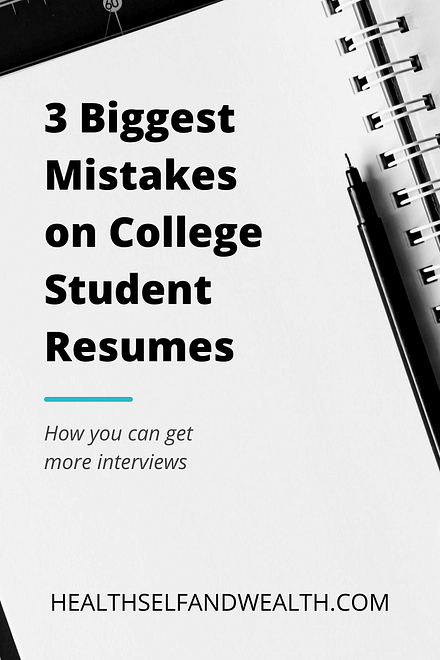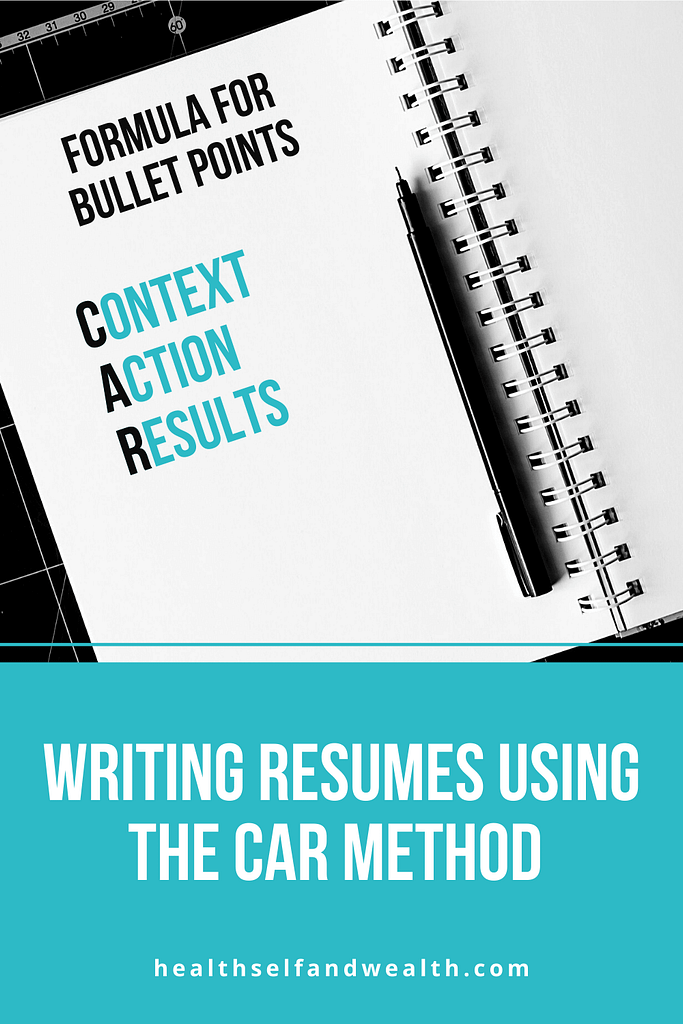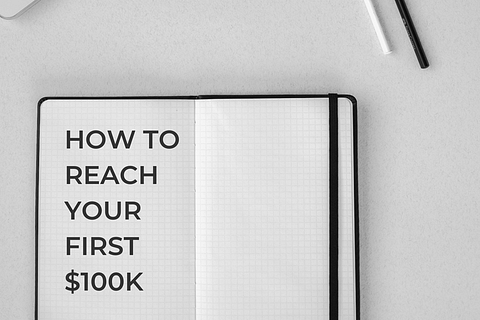
How important do you think your resume is in terms of getting the job? Your resume’s purpose is to get you an interview. I review college student resumes, and there are three common mistakes I see. These mistakes can prevent even qualified applicants from getting interviews. This post will teach you how to optimize your resume to get more interviews!
Ideally, when a recruiter or hiring manager looks at your resume, you want to leave no doubt in their mind that you have what it takes to succeed in this role. When hiring managers spend an average of 7 seconds skimming resumes, how can you make sure they notice you?
I like to think of your resume as a piece of art. This is one place I would strongly encourage striving for perfection. At the end of the day, hiring managers aren’t just looking for any qualified candidate. They are looking for the best out of hundreds or even thousands of other college student resumes.
1) Document Design
Some of the biggest resume mistakes stem from critical design oversight. Often students don’t prioritize these aspects, but a compelling document design is a bare minimum requirement. Design is critical to making your resume skimmable.
There are three aspects of design I want to highlight: font, headings, and consistency.
Font
Above all, pick a font that is easy to read. Keep in mind that serif fonts are more traditional and easier to read on paper, while sans serif fonts are more modern and often used for digital text. Consider using font connotations to convey a message about yourself.
For example, if you are applying for a job in financial services, use a serif font to show your professionalism. However, if you are applying for a job in a creative field, consider getting more creative with your font and document design.
Finally, I recommend using 2 or 3 fonts on your resume. You can use one for your body text and another font for headings.
Headings
Have clearly labeled sections of your resume. Often these sections include Education, Experience, Activities, etc.
Consistency
Each of these sections should be formatted consistently. If your resume has inconsistent formatting, it will be impossible to find key information while skimming.
Again, effective design is a bare minimum requirement to ensure your resume is skimmable.
2) Tailoring Keywords
Once you’ve mastered your resume design, you’ll want to optimize your content for the position you are applying to.
Often before a real person will even look at your resume, it must successfully pass through the resume keyword scanner software. The software compares your resume to the keywords in the job description. If you have enough of those keywords on your resume, then the software will flag it for a real person to look at it.
This is why you should never use the same resume for every job you apply to. Even if you would be the best candidate for the job, a real person may never even see your resume. To prevent this from happening, you should tailor your resume to every position you apply for.
For example, let’s say you are a digital marketing expert. The job you are applying for doesn’t use the word digital, instead they call it online marketing. To ensure you pass the software scan, you would want to replace the word digital with online instead.
3) Content Using the CAR Method
If you’ve followed all the steps above, ideally your resume is in the hands of a recruiter or a hiring manager. When they are skimming college student resumes, they are looking for two things: errors and your qualifications.
If they find an error, they can immediately throw your resume out. They may have a stack of 100+ resumes to skim, so this will easily help them narrow the pool. That’s why I can’t emphasize enough, your resume is the place for perfection!
Most importantly though, they are looking at your past performance to predict how you would do in the role. This is where you will use your bullet points to communicate the value you bring. Again your goal is to leave no doubt in their mind that you would excel in this position.
A good bullet point will provide Context, explain your Action, and share your Results (CAR). The most common mistake is the failure to include your results. Without including results, bullet points lack persuasiveness. Whenever you can always include results and if possible, quantify them.
Let’s walk through an example of an experience as a sales associate at a retail clothing store:
Before:
- Met sales goals by collaborating with co-workers
This bullet point has the context and action, but it fails to share quantified results.
After:
- Surpassed sales goals by collaborating with co-workers to perform as the 2nd highest district store out of 26 stores
Why is this bullet point more persuasive? It clearly shows how this applicant’s actions led to results.
Next Steps
Now you know how to avoid the three most common resume pitfalls regarding formatting, tailoring, and writing bullet points. After reading this, what are three changes you can make to improve your resume? If you aren’t sure, ask someone you trust to review it!
Today’s post covered the essential resume best practices. If you want to learn more about crafting exceptional resumes, message me for more information.
Again, your resume is the place to strive for perfection! It’s necessary to ensure your resume even reaches a real person.
And finally consider, who will you ask to review your resume?









